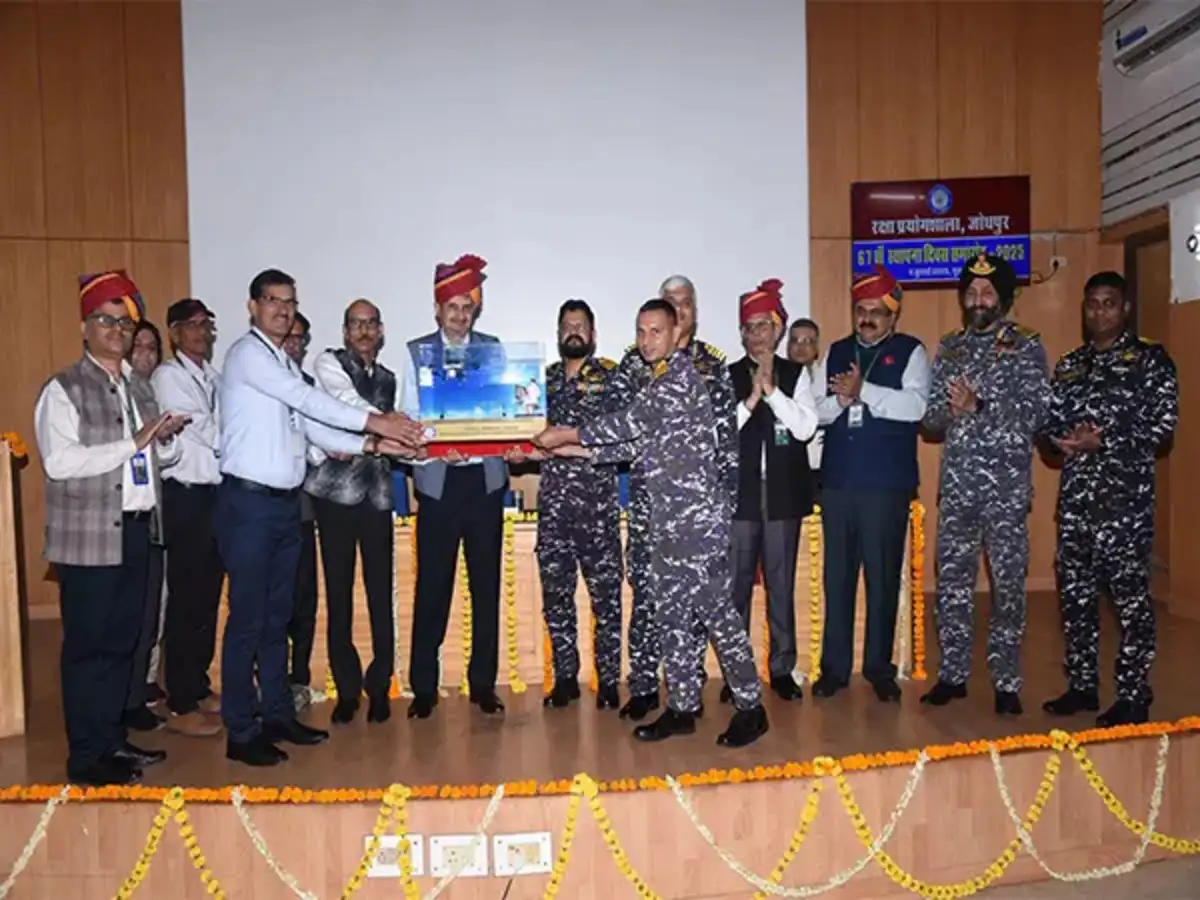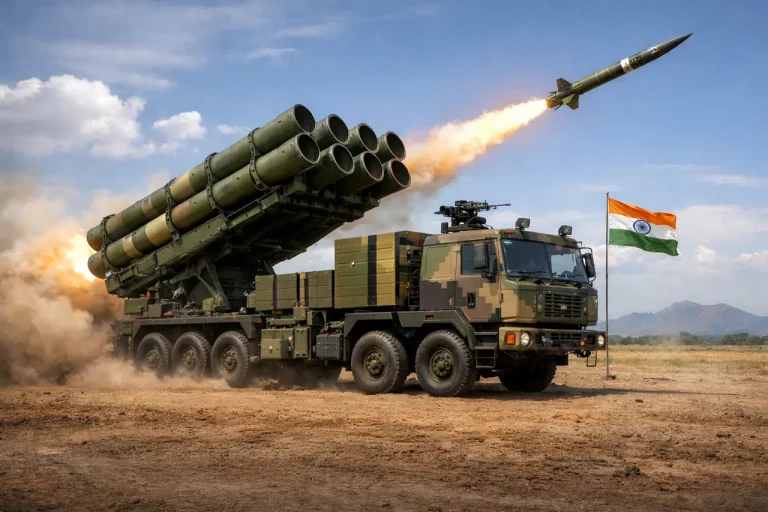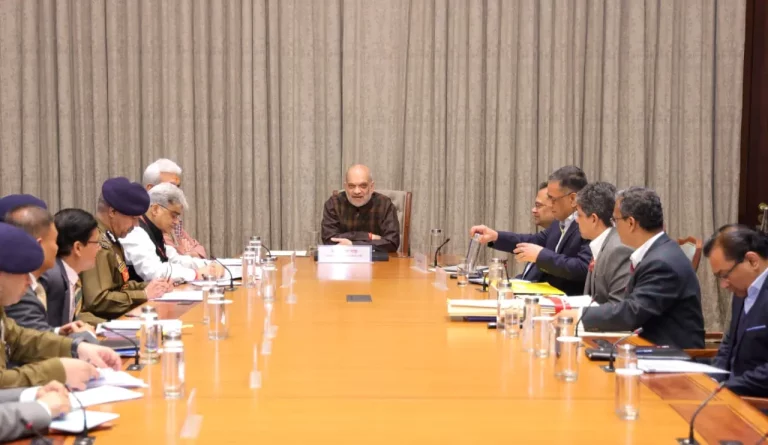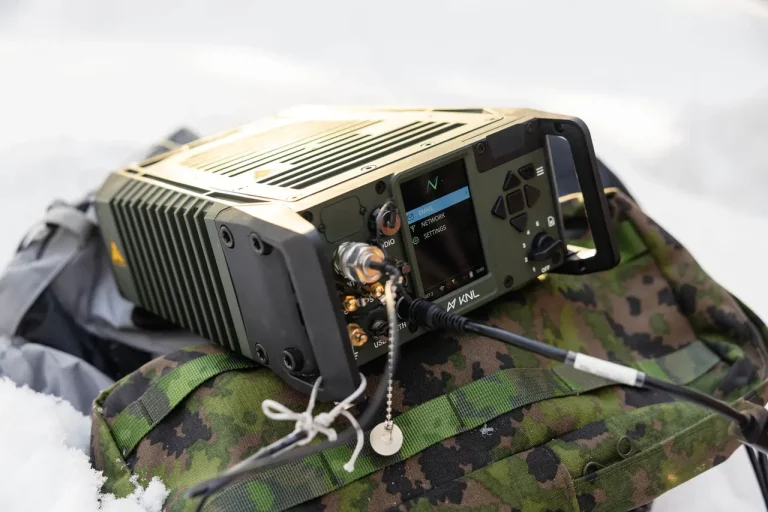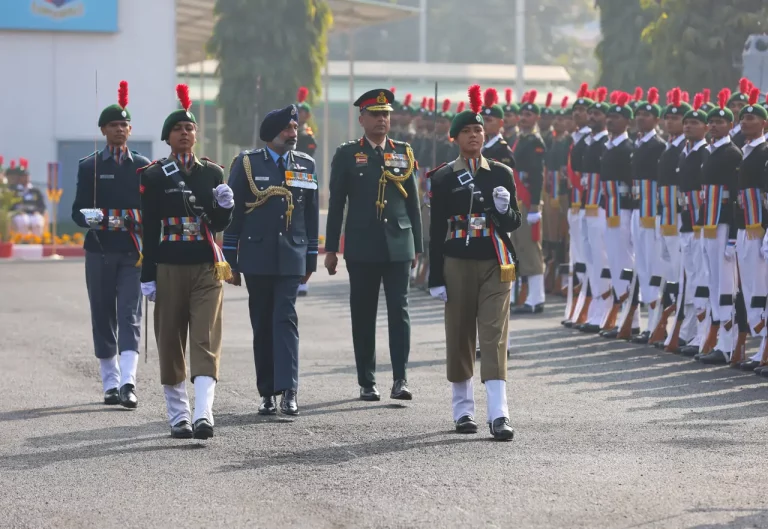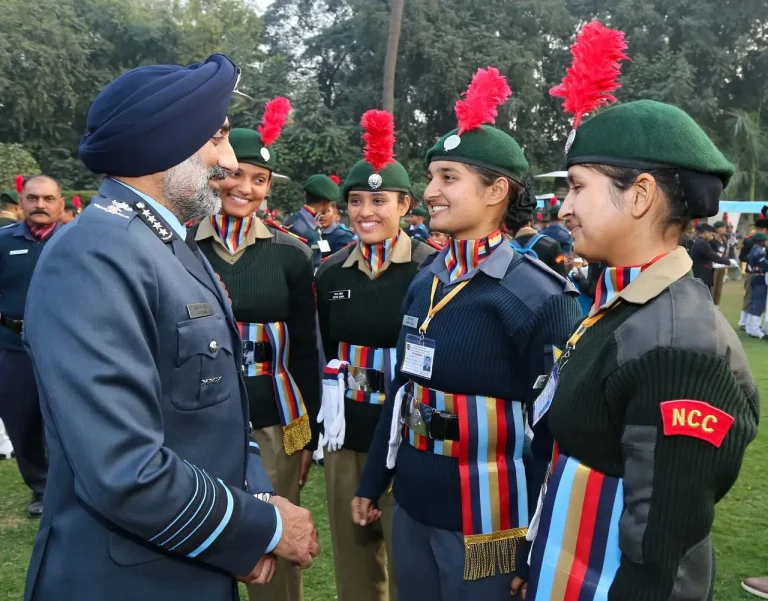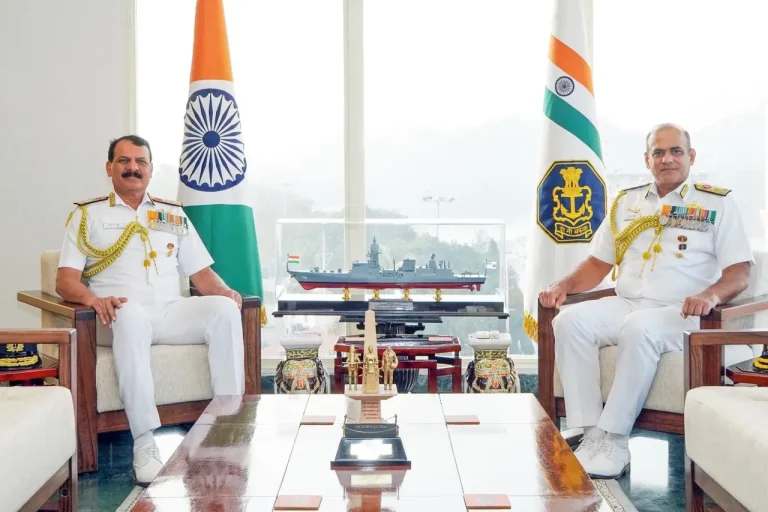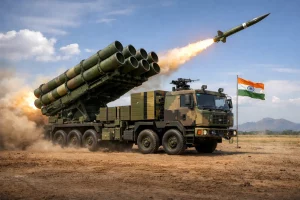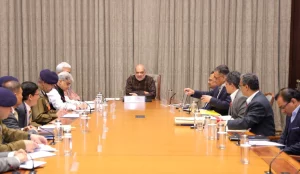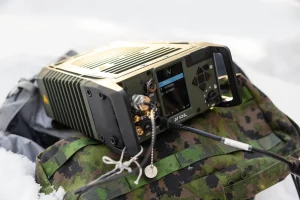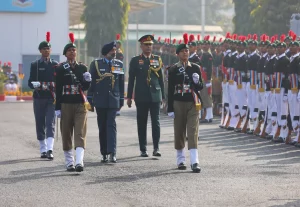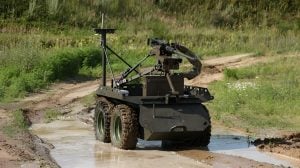In a notable advancement towards strengthening its indigenous defense capabilities, the Defence Research and Development Organisation (DRDO) has officially handed over six important systems to the Indian Navy. The ceremony took place at the Defence Laboratory in Jodhpur, underscoring a significant milestone in India’s Aatmanirbhar Bharat initiative aimed at self-reliance in defense technology.
The handover was executed by Dr. Samir V Kamat, the Chairman of DRDO and Secretary of the Department of Defence R&D, to Rear Admiral Sriram Amur, the Assistant Chief of Naval Staff at the Naval Headquarters. The systems were developed in response to the Naval Staff Qualitative Requirements, showcasing DRDO’s commitment to enhancing the capabilities of the Indian Navy.
The six advanced systems include:
- Gamma Radiation Aerial Surveillance System (GRASS)
- Environmental Surveillance Vehicle (ESV)
- Vehicle Radiological Contamination Monitoring System (VRCMS)
- Underwater Gamma Radiation Monitoring System (UGRMS)
- Dirt Extractor and Cross Contamination Monitor (DECCOM)
- Organ Radioactivity Detection System (ORDS)
Each system has been designed and developed entirely by DRDO scientists in India, aiming to significantly enhance the Navy’s capabilities in detecting radiation, monitoring environmental contamination, and managing nuclear safety across diverse terrains—land, air, and underwater.
A DRDO official remarked during the event, "These cutting-edge systems represent our commitment to indigenization and are tailor-made to meet the evolving operational needs of the Indian Navy."
The newly transferred systems cover a wide range of monitoring requirements. The GRASS and ESV focus on airborne and terrestrial radiation surveillance, respectively, while the VRCMS and UGRMS facilitate contamination checks on land and underwater. DECCOM and ORDS are designed to mitigate cross-contamination risks and evaluate internal exposure to radioactivity among personnel or casualties.
This handover comes on the heels of DRDO’s successful flight test of the indigenous Astra Beyond Visual Range Air-to-Air Missile (BVRAAM) from a Su-30MKI aircraft. The testing, conducted on June 11, saw two launches utilizing an indigenous Radio Frequency (RF) seeker that achieved precise hits on high-speed aerial targets, showcasing the missile system’s reliability and accuracy. This missile, which boasts a range of over 100 kilometers, integrates an advanced guidance and navigation system and is the product of extensive collaboration among over 50 public and private sector companies, including Hindustan Aeronautics Limited (HAL).
The recent introduction of these radiation detection systems into the Indian Navy, combined with the validation of the indigenous missile technology by the Indian Air Force, reflects India’s ongoing commitment to fostering self-reliance in essential defense capabilities. This simultaneous progress in naval and aerial defense highlights the country’s growing competency in addressing complex security challenges through homegrown technological advancements.
